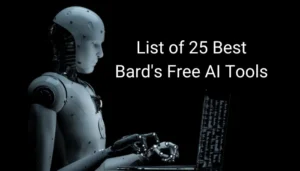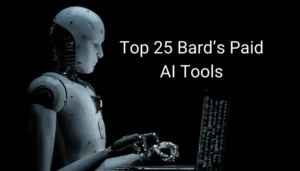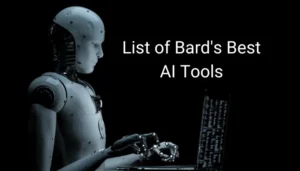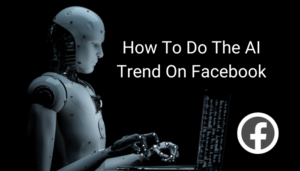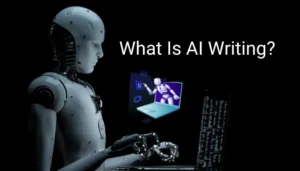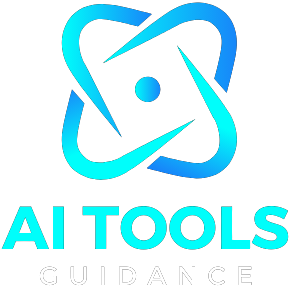In today’s fast-paced digital world, visual content reigns supreme. Static images still hold value, but when you turn photos into dynamic videos, you unlock a whole new level of engagement. Whether you’re a marketer, content creator, educator, or simply someone looking to preserve memories in a captivating format, transforming photos into videos is a skill worth mastering, especially with the help of artificial intelligence.
AI-powered tools now make it remarkably simple to stitch images together, add animations, synchronize music, and even overlay narration, all with minimal manual effort. In this blog, we’ll explore how you can harness the power of AI to breathe life into your photos and produce dynamic, professional-quality videos.
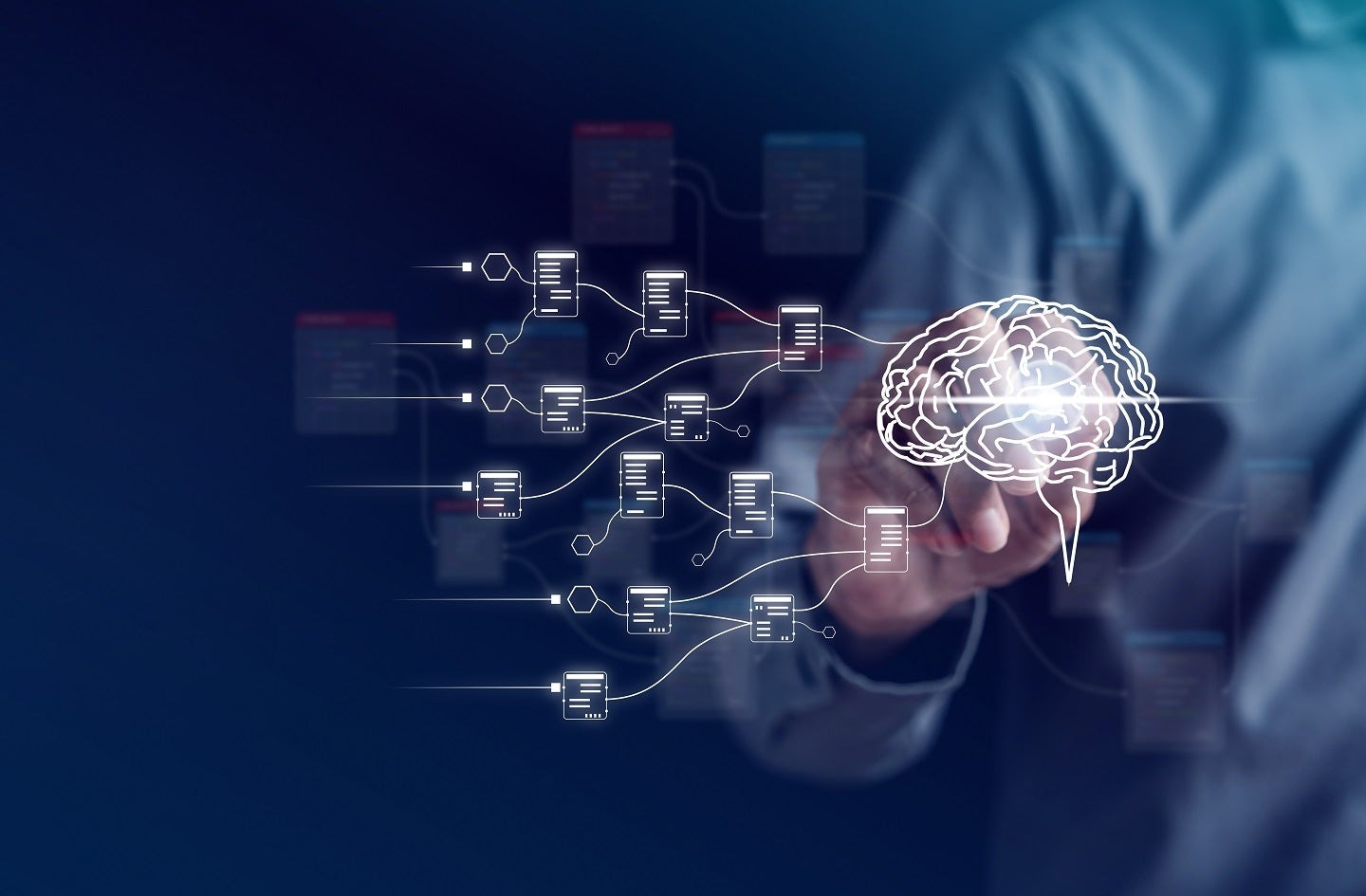
Why Transform Photos into Videos?
Before diving into the how, let’s consider the why. Static photo slideshows are nostalgic, but dynamic videos created from photos offer richer experiences and higher engagement rates. Here are a few compelling reasons:
- Videos have higher retention rates than still images
- Social media platforms prioritize video content in feeds
- Videos evoke emotion more effectively with music, voice, and movement
- AI-generated videos save time and eliminate the need for complex editing software
Now let’s explore the process of turning photos into dynamic videos using AI.
The Rise of AI in Video Creation
Artificial intelligence is revolutionizing how we create and consume media. In the past, creating a photo-based video required manual editing skills, extensive timelines, and expensive software. Today, AI automates many of those steps.
With advanced algorithms, AI can:
- Automatically detect key subjects in photos
- Apply intelligent transitions and animations
- Match visual content with background music
- Generate natural-sounding voiceovers from text
- Suggest scene pacing and arrangement based on emotion or theme
This new wave of “photos to video AI” capabilities has been made even more accessible with platforms like invideo AI, which combine intuitive interfaces with powerful automation to convert static images into lively, cinematic content.
Let’s break down how you can take advantage of this technology.
Step-by-Step Guide to Creating Dynamic Videos from Photos Using AI
Step 1: Organize Your Photos
The process starts with gathering the right images. Whether you’re telling a personal story, creating a product showcase, or making an educational summary, your images need to flow logically.
Tips:
- Choose high-resolution photos to ensure visual clarity
- Arrange photos in a sequence that supports your narrative
- Group similar themes or colors for better visual cohesion
Step 2: Upload Your Photos to an AI Platform
Most AI-powered video tools have simple interfaces for uploading your image files. Once uploaded, the AI will analyze the visual elements—faces, scenery, lighting, and focal points—and begin crafting a visual storyline.
What’s impressive about many AI platforms (including invideo AI and similar ones) is their ability to make intelligent assumptions about which image features are most important and where transitions should occur.
Step 3: Customize the Flow and Motion
One of the core features of an ai video creator is the ability to add dynamic motion to static images. Rather than showing one image after another like a basic slideshow, AI tools can create the illusion of depth and movement through panning, zooming, and fading effects.
You can typically adjust:
- Transition speed and direction
- Zoom in/out effects for dramatic emphasis
- Focal point tracking to highlight faces or objects
- Scene duration per photo
The goal is to keep the audience visually engaged without overwhelming them.
Step 4: Add Background Music or Voiceover
Sound is a vital component of any engaging video. AI tools offer libraries of royalty-free music and often match the audio tone with the video’s mood automatically. You can also upload your own track or input a script for the AI to convert into speech using text-to-speech technology.
This is where AI shines:
- Detects the rhythm and beat of music and syncs visuals
- Allows for natural pacing in voiceovers
- Balances volume across music and narration
If you’re telling a personal story, using your voice (or a generated voice) adds authenticity and emotion to the final video.
Step 5: Enhance with Text, Captions, and Effects
Adding overlays such as captions, descriptions, and callouts further boosts viewer comprehension and accessibility. AI video platforms often suggest these elements based on your image content or script.
Features to consider:
- Dynamic text animations to emphasize key messages
- Auto-captioning for accessibility and SEO benefits
- Subtle effects like lens flares, particle animations, or color filters
These additions elevate a simple image compilation into a polished video presentation.
Step 6: Preview and Export
Once your video is assembled, preview the final version to ensure pacing, transitions, and audio align well. AI platforms allow real-time edits and previews, so you can tweak individual scenes without starting over.
Export options usually include multiple resolutions (1080p, 4K) and aspect ratios to suit platforms like YouTube, Instagram, or LinkedIn.
Creative Use Cases for Photo-to-Video AI
AI-driven video creation has opened the door to a wide range of use cases across industries:
1. Personal Storytelling
Turn travel albums, weddings, birthdays, or family moments into keepsake videos. AI can automatically detect smiling faces, apply slow-motion zooms, and synchronize these moments with emotional music.
2. Business Showcases
For businesses, photos of products, events, or team members can be turned into promotional videos that highlight services or company culture. These videos often perform better than static ads on social platforms.
3. Educational Content
Teachers and students can convert image-based infographics or timelines into engaging learning videos. The combination of voiceover narration and animated transitions enhances retention.
4. Social Media Engagement
Create short-form, scroll-stopping video content from your photos that are optimized for platforms like TikTok, Instagram Reels, and YouTube Shorts. The visual motion and audio sync help you stand out in crowded feeds.
Benefits of Using AI for Photo-to-Video Conversion
Using AI doesn’t just save time—it brings in capabilities that would take hours to replicate manually:
- No editing expertise required
- Real-time previewing and editing
- Auto-generated visual suggestions
- Consistent pacing and structure
- Ability to produce videos at scale
Whether you’re producing a single video or launching a series of visual campaigns, AI adapts quickly to your goals and inputs.
Best Practices for High-Impact AI Videos
While AI simplifies the process, some strategic input is still essential to ensure your videos are memorable and effective:
- Keep it short and focused: 60–90 seconds is often ideal
- Use consistent color themes or styles
- Don’t overload with text or effects—simplicity is powerful
- Align visuals with your story arc (beginning, middle, end)
- Include a clear call-to-action when used for marketing
Looking Ahead: The Future of AI in Video Creation
The future of video creation is automated, intelligent, and user-driven. With ongoing advancements in generative AI and machine learning, we can expect even more features like:
- Emotion detection to tailor background music or transitions
- Voice cloning to match personal vocal tones
- Real-time collaborative editing with AI assistants
- AI-curated scenes based on mood or audience preferences
As these tools evolve, storytelling will become more accessible for everyone, from solo creators to enterprise marketers.
Considerações finais
Creating dynamic videos from photos used to be a daunting task requiring creative vision and technical skill. Thanks to AI, the process is now faster, smarter, and more intuitive than ever. With tools powered by photos to video AI, like those found in platforms, you can effortlessly convert static images into engaging, story-driven videos that resonate with your audience.
Whether you’re sharing personal memories, educating a class, or driving sales through marketing visuals, AI helps you get there with minimal effort and maximum impact.
Embrace the AI video creator revolution and start transforming your photo collections into powerful, moving narratives today.


